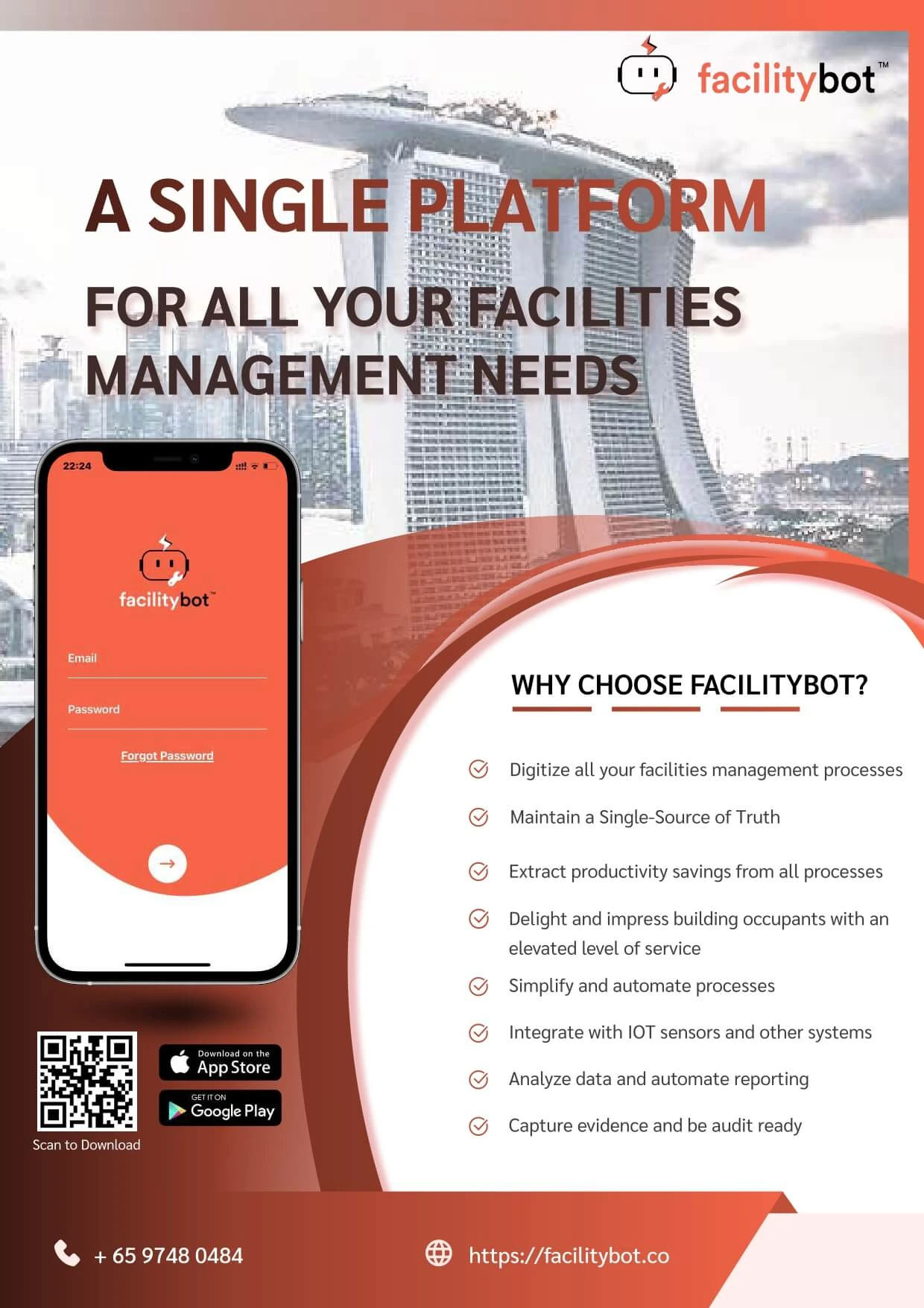Last updated on May 12th, 2025 at 07:11 pm
Change is inevitable in today’s fast-evolving procurement landscape. Yet, without a proper strategy, change can lead to confusion, resistance, and costly failure. This is why change management in procurement is no longer a luxury—it’s a necessity.
Procurement change management involves more than just implementing new systems or switching suppliers. It requires a structured and empathetic approach to preparing teams, streamlining processes, and integrating technologies. When done right, it can fuel innovation, improve cost-efficiency, and drive digital transformation across the organization.
What is Change Management in Procurement?
Change management in procurement refers to the structured process of preparing an organization—and its people—for changes related to purchasing practices, supplier management, or procurement technologies. Whether it’s adopting new procurement management software, transitioning to e-sourcing, or revamping sourcing strategies, these shifts affect stakeholders across multiple levels.

Successful change management strategies align with the “Golden Triangle” of transformation: people, process, and technology. Of these, people are the most crucial. Without employee buy-in, even the most sophisticated tools or well-designed processes can fail.
Why Change Management in Procurement Often Fails
Research shows that up to 70% of change management efforts fail, typically due to:
- Poor communication
- Lack of leadership buy-in
- Inadequate planning
- Insufficient training
- Resistance to change
- Change fatigue
Often, organizations make the mistake of launching procurement changes in isolation—led by a small team, with minimal input from end-users. This top-down approach can backfire, leading to mistrust and disengagement.
Ten Principles for Effective Procurement Change Management
To overcome common pitfalls, organizations must build a strong foundation for change. Here are ten proven principles that can guide your change management strategy:

1. Be Realistic
Assess your organization’s culture and readiness for change. Not all companies adapt at the same pace. Set expectations accordingly and tailor your strategy to fit your unique environment.
2. Start at the Top
Change must begin with leadership. Executives and managers must champion the initiative and model the desired behaviors. A speech alone isn’t enough—action is what builds trust.
3. Be Thorough
Change impacts every layer of the organization. Consider how it will affect departments, systems, processes, and people. A holistic view prevents gaps and confusion.
4. Create a Roadmap
Establish a clear vision and roadmap. When employees understand why change is happening and what the benefits are, they’re more likely to support it.
5. Create Ownership
Assign project leaders to own various change components. Accountability helps maintain momentum and ensures someone is always steering the ship.
6. Communicate Relentlessly
You can’t overcommunicate. Transparency builds trust and reduces uncertainty. Provide regular updates, answer questions, and create feedback loops.
7. Assess the Current Landscape
Evaluate your existing culture, processes, and procurement tools. This includes identifying outdated systems, bottlenecks, or resistance points that could stall progress.
8. Address What You Find
After assessment, take action. Replace inefficient tools, update workflows, and develop training materials that reflect the new direction.
9. Prepare to Fail (and Recover)
Even with the best planning, hiccups will occur. View setbacks as opportunities to adapt, improve, and learn.
10. Focus on People
Never forget that people are at the heart of procurement change. Empathize with their challenges, provide support, and prioritize training.
Overcoming Resistance to Change in Procurement
Resistance is natural. Whether it’s a preference for a legacy supplier or fear of new software, objections are inevitable. Here are three practical ways to manage it:
1. Engage Stakeholders Early
Bring stakeholders into the conversation from the beginning. Understand their pain points and expectations. When people feel heard, they are more likely to support the change.
2. Plan for Resistance
Anticipate objections and have strategies in place to address them. You won’t win over every critic, but you can reduce active opposition.
3. Prioritize Training
Robust training is vital for adoption. Offer a mix of e-learning, in-person coaching, and self-service resources. Make training ongoing—not just a one-time event.
Empathy: The Underrated Skill in Change Management
At the core of successful procurement change management lies empathy. Procurement leaders often get excited about innovations, but without considering how these changes affect frontline employees, adoption can falter.
Empathy allows leaders to see the transformation from the employee’s perspective, ensuring smoother transitions, reduced burnout, and higher engagement.
Change Management and Digital Transformation
Procurement is undergoing a digital revolution. Tools like e-auctions, predictive analytics, and procurement management software are reshaping the landscape. But technology alone is not transformation.
True digital transformation happens when organizations align technology with strategy and culture. That’s where change management plays a critical role—bridging the gap between intention and execution.
How Facility Bot Supports Procurement Change Management
Facility Bot offers a modern, integrated facility management software that streamlines operations, improves vendor collaboration, and simplifies contract and procurement processes. With powerful procurement management software capabilities, Facility Bot empowers facilities teams to digitize procurement workflows, enhance visibility, and manage change more effectively.
Whether you’re transitioning to digital procurement tools or implementing large-scale procurement transformation, Facility Bot provides the tools you need to engage stakeholders, track performance, and drive lasting success.




